40 nfpa blue label meaning
Fire Extinguisher: Meaning, Classes, Types, Selection, Use, … Water fire extinguishers are the most economic and simplest among all fire extinguisher types. They are suitable to put off class A fires. All water extinguishers have a bright red label. Water fire extinguishers are widely used in shops, domestic buildings, offices, retail premises, schools, hotels, warehouses, hospitals, etc. Water fire ... How to Read the NFPA Diamond - Emedco's Blog Blue Section: Health Hazards The Blue section located on the left side of the NFPA Diamond refers to a material's potential health hazard, highlighting the health risks posed by contact with a worker.
A Guide to Pipe Marking Standards | Creative Safety Supply Fire Quenching – Water or other fire suppression substances must use a red label with white text. Other Water – Any water not intended to be used as fire suppression should use a green label with white text. Compressed Air - Any vapor or gas under pressure that doesn’t fit in another category must have a blue label with white text.
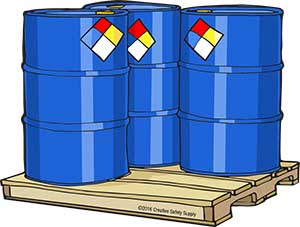
Nfpa blue label meaning
NFPA 704 Diamond Labeling System Guide | BRADY - BradyID.com When looking at the NFPA 704 diamond, the left diamond is blue and relates to the level of hazard to a person's body. A chemical's health hazard number indicates the level as to which it can cause personal injury via inhalation, skin or eye contact, or ingestion. NFPA ® 13 Standard for the Installation of Sprinkler Systems 2016 … NOTICE AND DISCLAIMER OF LIABILITY CONCERNING THE USE OF NFPA STANDARDS. by Carlos Oliveros. Download Free PDF Download PDF Download Free PDF View PDF. UAEFIRECODE ENG. by June Kim. Download Free PDF Download PDF Download Free PDF View PDF. GAPS Guidelines GAP.12.1.1.0 A Publication of Global Asset Protection Services … Fire Extinguisher: Meaning, Classes, Types, Selection, Use ... Class A fire extinguisher: These fire extinguishers are used to put out class A fires characterized by fire from ordinary solid or dust combustibles like wood, paper, textile, plastic, fabric, cardboard, etc. Class B fire extinguishers: Class B fire extinguishers are used to prevent Class B fire hazards from flammable liquids like grease, gasoline, oil (except cooking oil), paint, etc. Class C ...
Nfpa blue label meaning. HMIS vs NFPA Labels: What's the Difference? - OnlineLabels The colors symbolize: Blue - Health The blue section describes health hazards. This bar contains two spaces - one for a number and one for an optional asterisk. The asterisk means that chronic exposure could lead to health problems. Red - Flammability The red section relates to the flammability and combustibility of the contained substance. What Is NFPA 704 or the Fire Diamond? - ThoughtCo Each section is labeled with a number from 0-4 to indicate the level of hazard. On this scale, 0 indicates "no hazard" while 4 means "severe hazard". The red section indicates flammability. The blue section indicates a health risk. Yellow indicates reactivity or explosivity. The white is section is used to describe any special hazards. What are the NFPA Color Codes? - Safety Sign Each section is used to identify a different category of potential hazards. The blue section of the NFPA color code symbolizes health hazards. A health hazard rating is determined by the potential for a material to pose risks beyond those of ordinary combustible materials. Understanding the NFPA Diamond [NFPA 704 Standard] - Hiplogic The "NFPA 704: Standard System for the Identification of the Hazards of Materials for Emergency Response" is a standard developed and maintained by the National Fire Protection Association. The standard is a system consisting of a label with a "fire diamond" or "safety square" that communicates with both workers and emergency personnel on the severity and other components on nearly ...
What does a number 3 in the health Section of the NFPA ... - Fire safety The National Fire Association (NFPA) has developed a color-coded number system called NFPA 704. The system uses a color-coded diamond with four quadrants in which numbers are used in the upper three quadrants to signal the degree of health hazard (blue), flammability hazard (red), and reactivity hazard (yellow). Sure Step - Creative Safety Supply OSHA Label & Sign Color Chart This simple chart explains the meaning behind each of the colors commonly found on OSHA-mandated signs. ... NFPA 704: Identification of ... NFPA 704 - Wikipedia The four divisions are typically color-coded with red on top indicating flammability, blue on the left indicating level of health hazard, yellow on the right for chemical reactivity, and white containing codes for special hazards. Each of health, flammability and reactivity is rated on a scale from 0 (no hazard) to 4 (severe hazard). NFPA Labels - Reading The Fire Diamond - The Safety Brief NFPA labels help workers identify hazardous materials. In this podcast, employees can learn how to read the NFPA label, the "Fire Diamond, " to stay safe. The diamond shaped NFPA label has four color quadrants, each designated with a hazard range or symbols. Listen as we review the NFPA label details in less than three minutes!
A Guide to Pipe Marking Standards | Creative Safety Supply Fire Quenching – Water or other fire suppression substances must use a red label with white text. Other Water – Any water not intended to be used as fire suppression should use a green label with white text. Compressed Air - Any vapor or gas under pressure that doesn’t fit in another category must have a blue label with white text. PDF National Fire Protection Association - Bowling Green State University The National Fire Association (NFPA) has developed a color-coded number system called NFPA 704. The system uses a color-coded diamond with four quadrants in which numbers are used in the upper three quadrants to signal the degree of health hazard (blue), flammability hazard (red), and reactivity hazard (yellow). The bottom quadrant is used WINDEX® CLEANER ORIGINAL - S. C. Johnson & Son Jan 23, 2018 · NFPA Ratings Health 1 Fire 0 Reactivity 0 Special - This information is being provided in accordance with the Occupational Safety and Health Administration (OSHA) regulation (29 CFR 1910.1200). The information supplied is designed for workplaces where product use and frequency of exposure exceeds that established for the labeled consumer use. List of NFPA Codes and Standards NFPA codes and standards, administered by more than 250 Technical Committees comprising approximately 8,000 volunteers, are adopted and used throughout the world. Learn about the standards development process. Free Access: Select from the list below for detailed document information and free online access to any code or standard.
NFPA 704 color diamond explained - NFPA Labeling In addition to the spatial orientation that can be used to distinguish the hazards, they are also color-coded as follows: blue for health, red for flammability, and yellow for instability. "The six o'clock position on the symbol represents special hazards and has a white background.
Understanding NFPA 704 Colors and Ratings - Safety Sign This standard objectives are, as stated by NFPA: These signs provide an appropriate signal or alert for the protection of both public and private emergency response personnel. To assist in planning for effective fire and emergency control operations, including clean-up.
NFPA 704: Understanding Hazard Warning Labels - Fairview NFPA 704 warning labels You may see a warning label on a container or box of containers, such as a case of chemical jugs. These labels provide the most important information you need to know about the substance you are handling. The number system is based on the NFPA 704 rating: Hazard ratings range from 0 to 4, with 4 being the most hazardous.
Boiler Safety - Occupational Safety and Health Administration Colors and numbers identify potential health (blue), flammability (red), reactivity (yellow), and special hazards (no special color).Degree of severity, by number, ranges from four (4), indicating severe hazard, to zero (0), indicating no hazard. Talk training for anyone using this label system to understand all symbol's and there meaning.
Caution Signs and Warning Signs | EHS - University of Washington Caution signs are required to be posted at the entrance to a space where hazardous materials are stored or used. The caution sign alerts emergency responders and visitors of potential hazards and precautions for entry. Warning signs alert personnel and visitors to health and safety hazards beyond those identified in the caution sign. Specific warning signs may be required based on …
What does the NFPA diamond mean? - Official HCL Labels Blog Therefore, the NFPA diamond would be labeled as follows: Red- 0, this is because Oxygen itself is not flammable Blue- 3, this is because 100% Oxygen can cause serious or permanent injury. Specifically when inhaled, it can cause nausea, dizziness, irritation of the lungs and possible pneumonia.
WINDEX® CLEANER ORIGINAL - S. C. Johnson & Son 23/01/2018 · Restrictions on use : Use only as directed on label Manufacturer, importer, supplier : S.C. Johnson & Son, Inc. 1525 Howe Street Racine WI 53403-2236 Telephone : +1-800-558-5252 Emergency telephone number : 24 Hour Medical Emergency Phone: (866)231-5406 24 Hour International Emergency Phone: (703)527-3887
Sure Step - Creative Safety Supply NFPA; NFPA 70: National Electrical Code; NFPA 70E: Electrical Safety in the Workplace; NFPA 99: Health Care Facilities Code; NFPA 704: Identification of the Hazards of Materials for Emergency Response; ISO; ISO 9001: Quality Management Systems; ISO 14726: Identification Colors for Piping Systems (Ships and Marine Technology)
Hazard symbol - Wikipedia The US-based National Fire Protection Association (NFPA) has a standard NFPA 704 using a diamond with four colored sections each with a number indicating severity 0–4 (0 for no hazard, 4 indicates a severe hazard). The red section denotes flammability. The blue section denotes health risks. Yellow represents reactivity (tendency to explode).
PDF National Fire Protection Association (Nfpa) Rating System NFPA RATING SYSTEM 23-1 NATIONAL FIRE PROTECTION ASSOCIATION (NFPA) RATING SYSTEM ... The square-on-point label contains four colored squares with a number appearing in each square. The blue square indicates health hazard, the red square represents flammability, and the yellow square indicates instability. The fourth square represents a special ...
Hazardous Materials Identification System - Wikipedia Before 2002 the fire diamond and the color bar both had sections colored blue, red, white, and yellow. After April 2002, with the release of HMIS III, yellow in the color bar (which stood for reactivity) was replaced by orange, standing for physical hazard. The fire diamond is designed for emergencies when information about the effects of short, or acute, exposure is needed. The …
NFPA LABELS & DOT PLACARDS - National Institute of Environmental Health ... 2. National Fire Protection Association (NFPA) System (15 minutes)! Explain that first you will discuss the NFPA 704 system. ! Hold up a blank NFPA diamond and ask if anybody has ever seen this before. Ask them which way it goes (red on top). ! Explain that the NFPA system is a recommended way to label containers in the workplace.
Understanding the NFPA 704 Diamond Labeling System The blue diamond on the left side of the NFPA label is used to alert people of existing health hazards. The higher the number, the more precautions someone must take when working with the chemical or dealing with an emergency. The numerical codes used in this section are broken down as follows:
The NFPA 704 Diamond Explained - Infographics Directory The distinct red, blue yellow, and white diamonds affixed to semi-trucks and chemical containers are one of the most identifiable warning signs—but what does it mean? Each color on the NFPA diamond represents a different type of hazard: blue for health hazards, red for flammability, yellow for instability, and white for special notes.
What do the colors represent on the NFPA diamond? - Creative Safety Supply Blue NFPA Diamond On the left side of the NFPA diamond when looking at it will be the color blue. This is used to indicate that the chemical being labeled has some type of health hazard. If it has a zero in the blue diamond then there is no health hazards at all. As the number goes up to four the severity of the hazard continues to escalate.
rSlaB You can buy this game for $29 It was adapted by Gene Quintano and James R Developed by Airship Syndicate and featuring the art style of legendary comic book artist Joe Madureira, creators of Battle Chasers and Darksiders, Ruined King: A League of Legends Story is the first Riot Forge game that Announced as a surprise release on Switch today, Ruined King is a turn …
Hazardous Materials Identification System - Wikipedia The HMIS Color Bar is similar to the fire diamond, created by the National Fire Protection Association (NFPA). Before 2002 the fire diamond and the color bar both had sections colored blue, red, white, and yellow. After April 2002, with the release of HMIS III, yellow in the color bar (which stood for reactivity) was replaced by orange ...
NFPA Label - Henderson State University In addition to the spatial orientation that can be used to distinguish the hazards, they are also color-coded as follows: blue for health, red for flammability, and yellow for instability. (2) HAZARD COMMUNICATION STANDARD PICTOGRAMS
What do the numbers in the NFPA code mean? - Fire safety The numbers superimposed over the colors rank the severity or danger, ranging from one to four, with four being the highest rating. The blue indicates potential health effects. A four in the blue means severe and immediate health effects, including death, and a one time exposure can cause lasting health problems.
Hazard symbol - Wikipedia Hazard symbols or warning symbols are recognisable symbols designed to warn about hazardous or dangerous materials, locations, or objects, including electric currents, poisons, and radioactivity.The use of hazard symbols is often regulated by law and directed by standards organizations.Hazard symbols may appear with different colors, backgrounds, borders, and …
The MSDS HyperGlossary: NFPA Both have four sections colored blue, red, yellow and white. HMIS® uses colored bars, while NFPA uses colored diamonds. HMIS® attempts to convey full health warning information to all employees while NFPA is meant primarily for fire fighters and other emergency responders. Some employers use hybrids of the two systems.
PDF System for the Identification of the Hazards of Materials for ... - NFPA NFPA, DOT and OSHA Placard and Pictograms 3. When am I required to use the NFPA 704 rating system? NFPA 704 labels are required when another Federal, state or local regulation or code requires their use. NFPA 704 does not specify when a container, tank or facility must label with the 704 diamond.
(PDF) NFPA ® 13 Standard for the Installation of Sprinkler ... NFPA ® 13 Standard for the Installation of Sprinkler Systems 2016 Edition. sathian RDkul. Elif D E R Y A Yamaner + 18 More. Download Download PDF.
NFPA Labels | NFPA Stickers - MySafetyLabels.com NFPA Labels. (45155) based on 28 customer reviews. Almost any time you put a hazardous material into a container, you are required by OSHA to label that container. • Find the widest assortment of write-on and pre-printed NFPA labels for hazardous chemicals along with customizable NFPA label templates. Our suite of NFPA labels and stickers ...
Caution Signs and Warning Signs | EHS - University of Washington The hazard diamond on the caution sign uses a color-coded system with numbers to signal the degree of health hazard (blue), flammability hazard (red), and instability hazard (yellow). The color-coded number system was developed by the National Fire Protection Association (NFPA). Flammability, health, and instability
NFPA Chemical Hazard Labels - SafetyFile 1 -The number one in the blue section of the diamond says the chemical is slightly hazardous. 2 -Two means it is hazardous. 3 -Three indicates the chemical is an extreme danger. 4 -Four says short-term exposure can be deadly.
Fire Extinguisher: Meaning, Classes, Types, Selection, Use ... Class A fire extinguisher: These fire extinguishers are used to put out class A fires characterized by fire from ordinary solid or dust combustibles like wood, paper, textile, plastic, fabric, cardboard, etc. Class B fire extinguishers: Class B fire extinguishers are used to prevent Class B fire hazards from flammable liquids like grease, gasoline, oil (except cooking oil), paint, etc. Class C ...
NFPA ® 13 Standard for the Installation of Sprinkler Systems 2016 … NOTICE AND DISCLAIMER OF LIABILITY CONCERNING THE USE OF NFPA STANDARDS. by Carlos Oliveros. Download Free PDF Download PDF Download Free PDF View PDF. UAEFIRECODE ENG. by June Kim. Download Free PDF Download PDF Download Free PDF View PDF. GAPS Guidelines GAP.12.1.1.0 A Publication of Global Asset Protection Services …
NFPA 704 Diamond Labeling System Guide | BRADY - BradyID.com When looking at the NFPA 704 diamond, the left diamond is blue and relates to the level of hazard to a person's body. A chemical's health hazard number indicates the level as to which it can cause personal injury via inhalation, skin or eye contact, or ingestion.
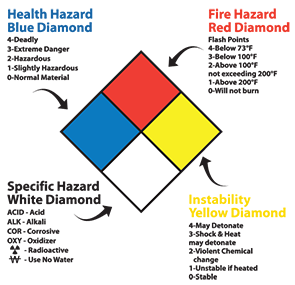
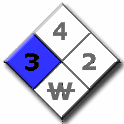
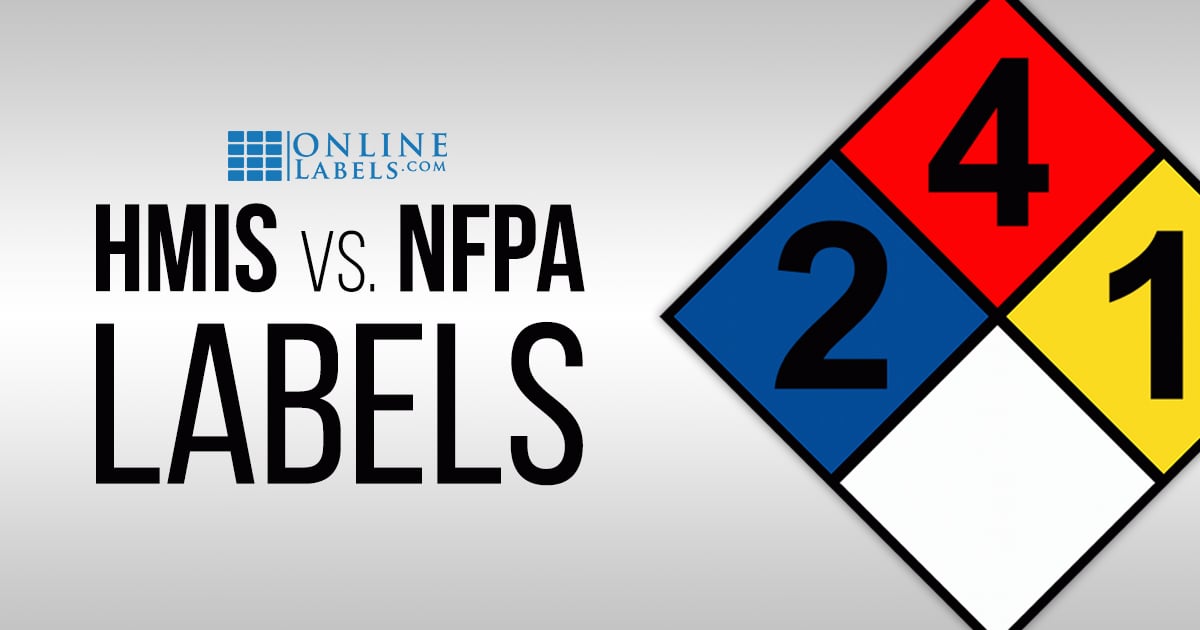
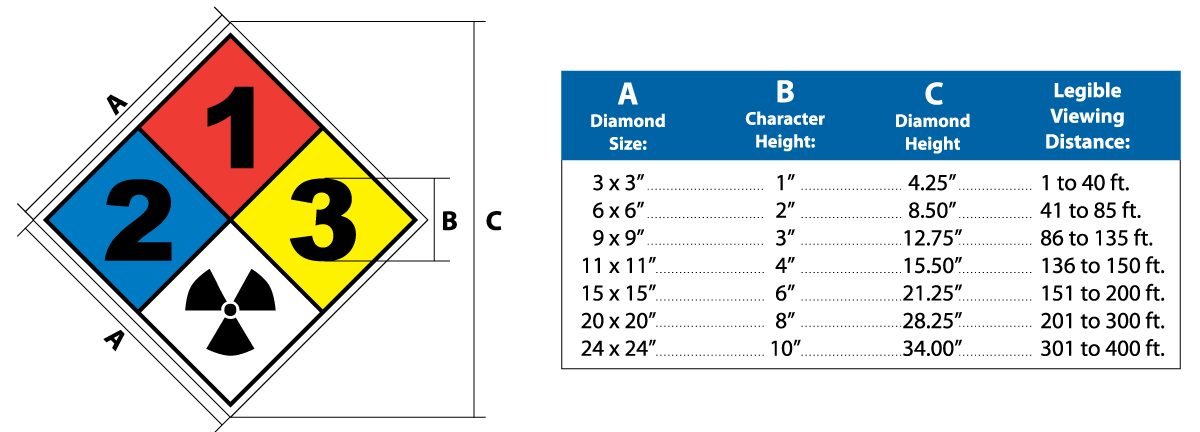


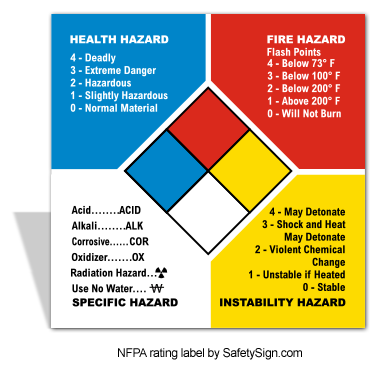


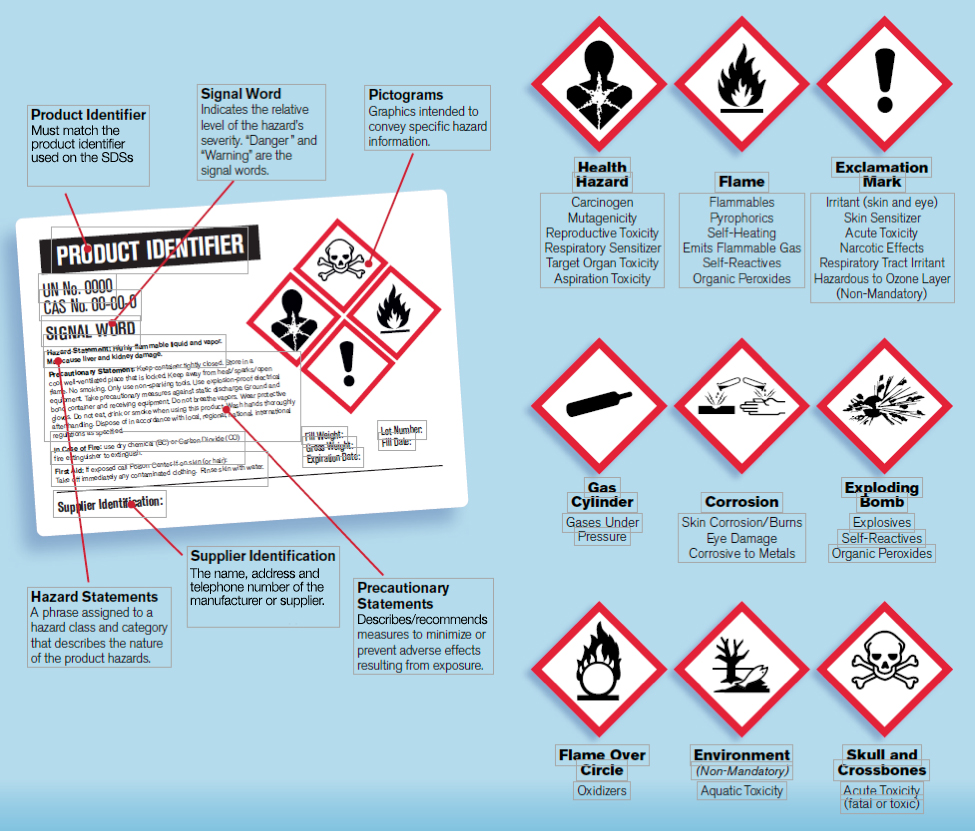

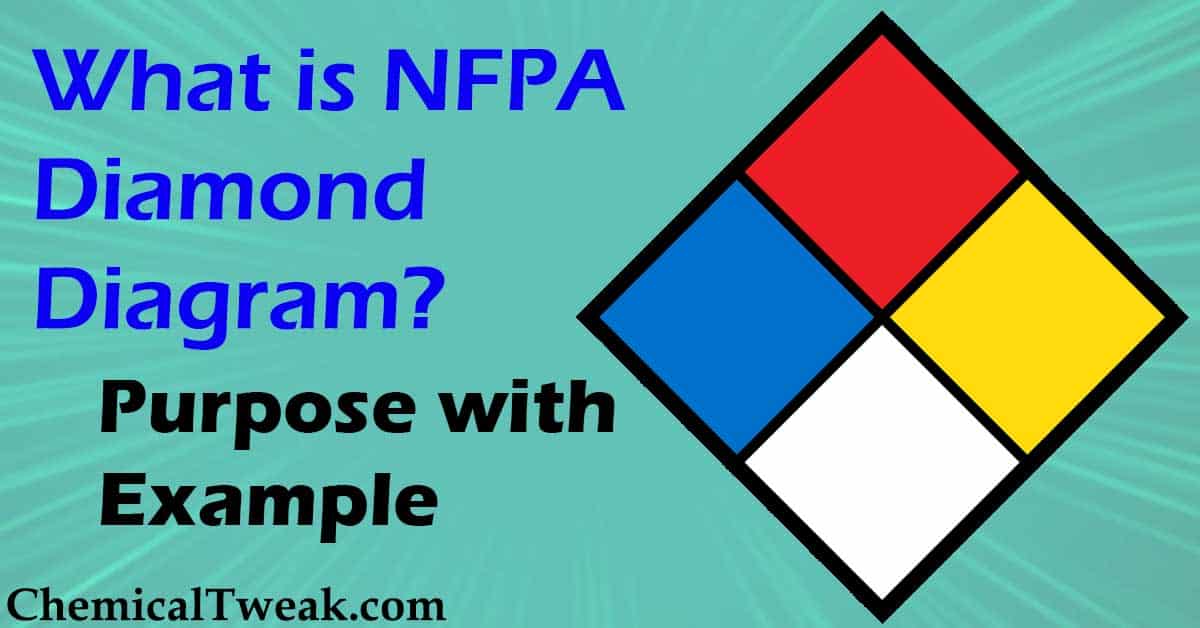
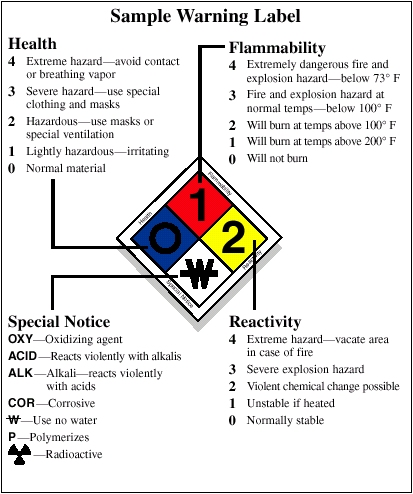
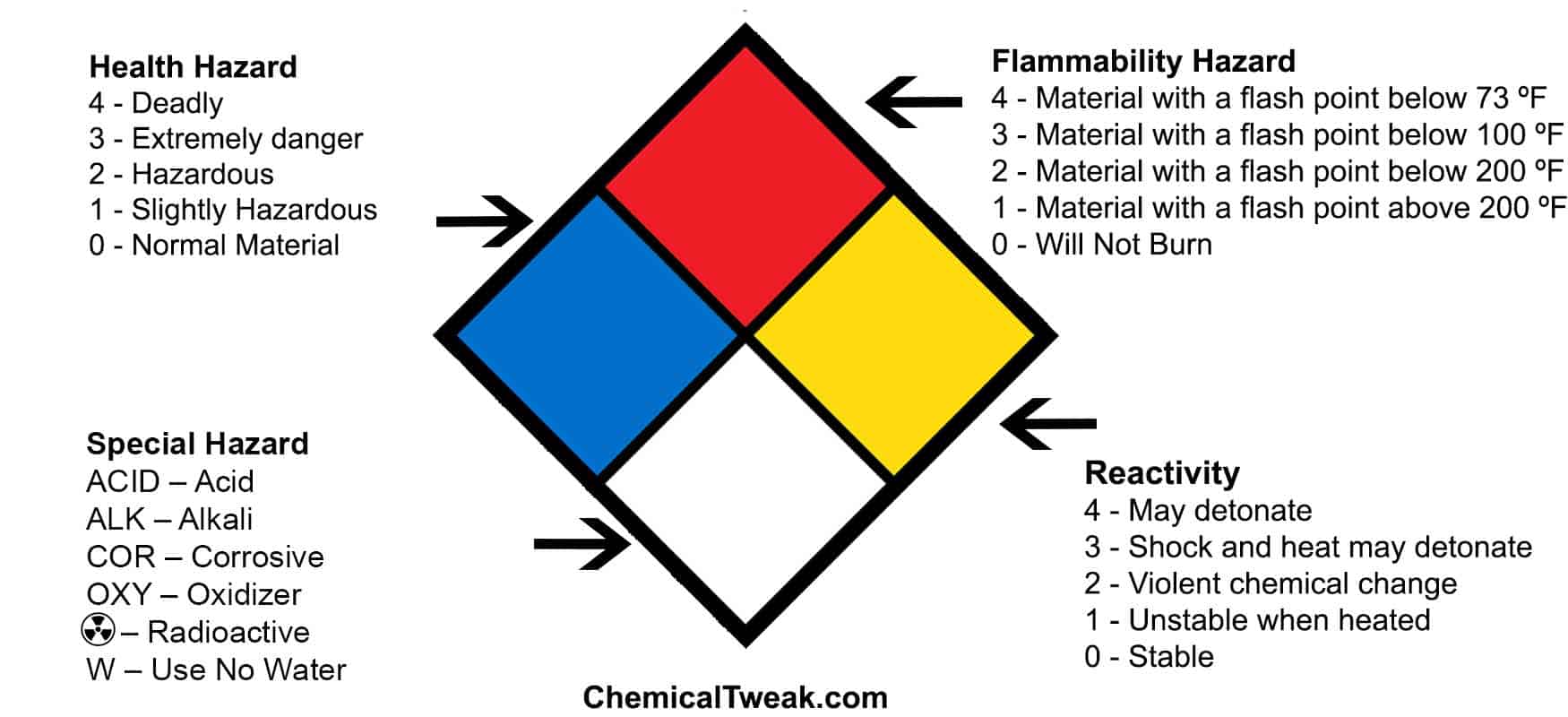


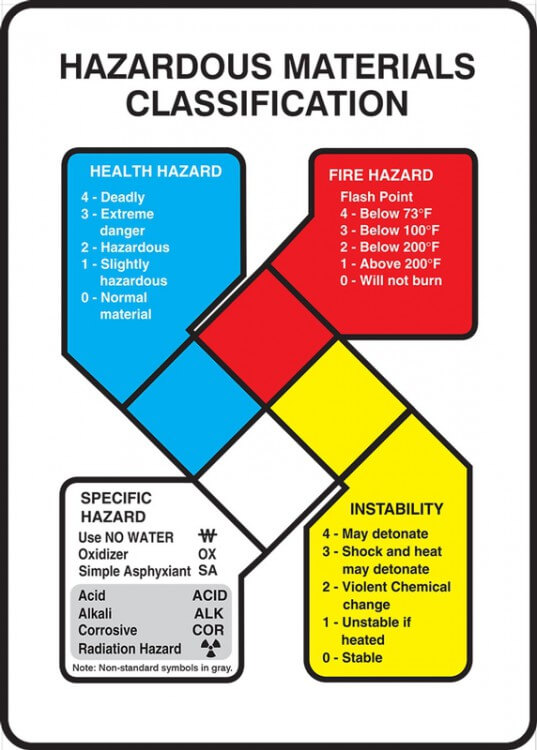

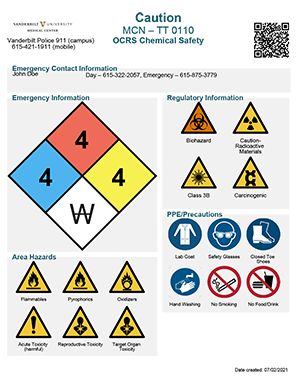



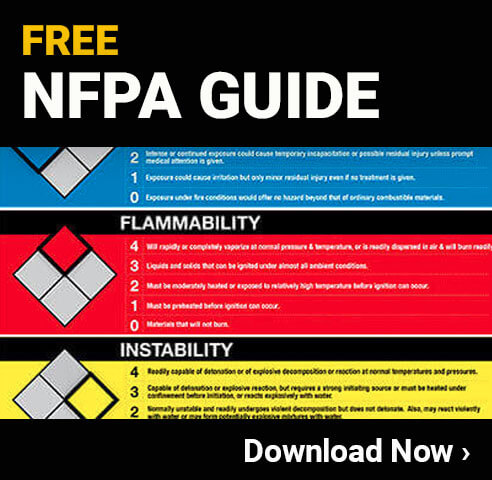
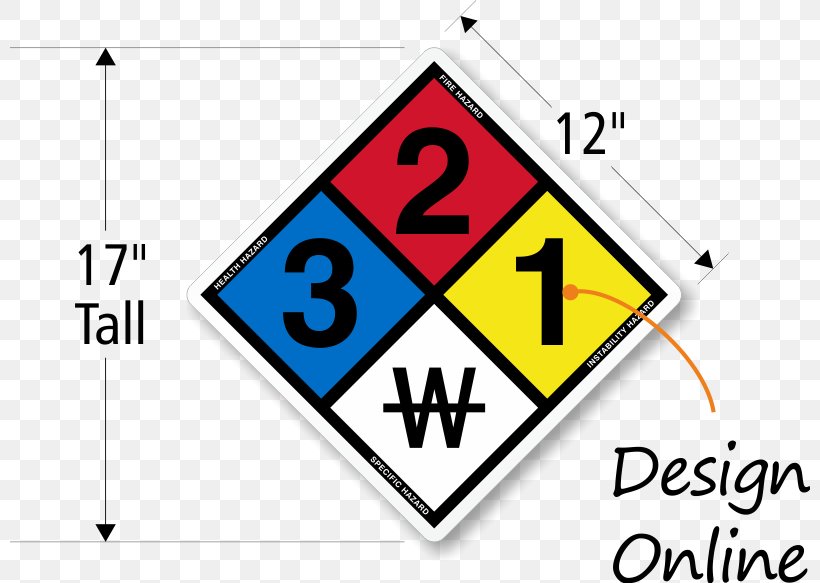

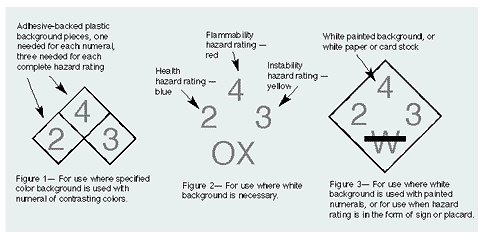


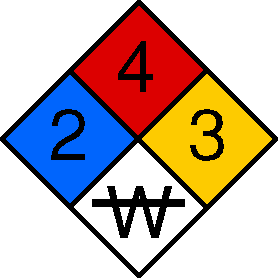

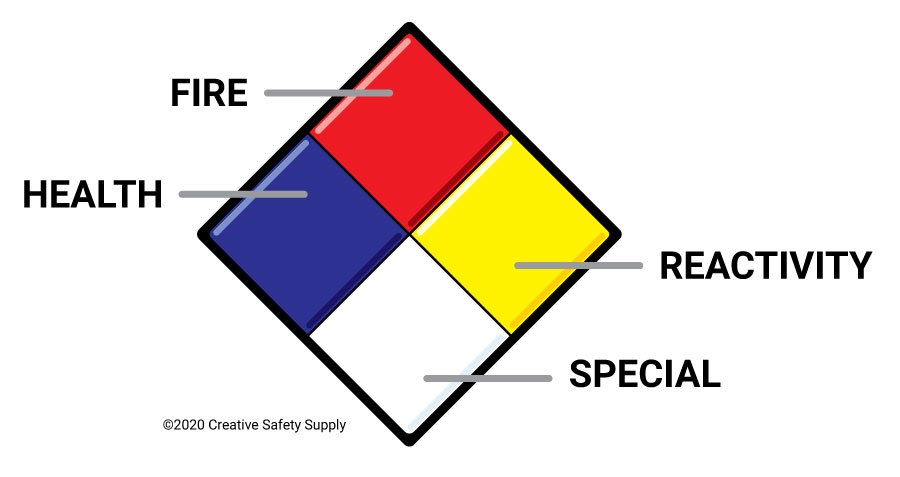

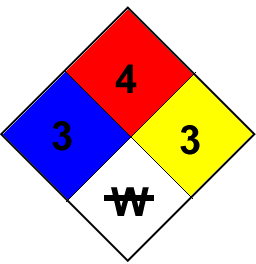
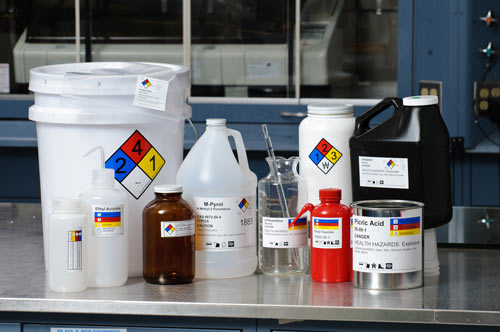
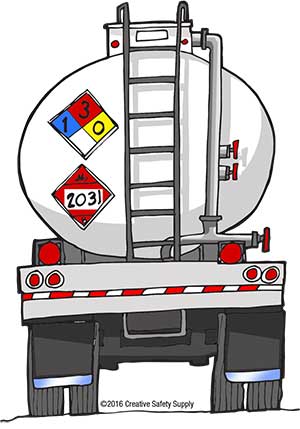
Post a Comment for "40 nfpa blue label meaning"